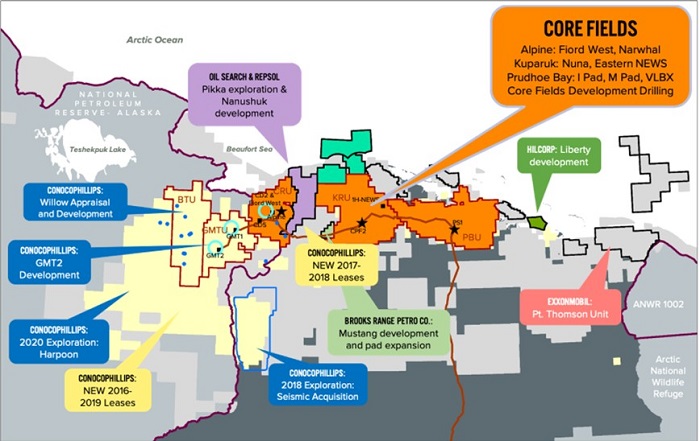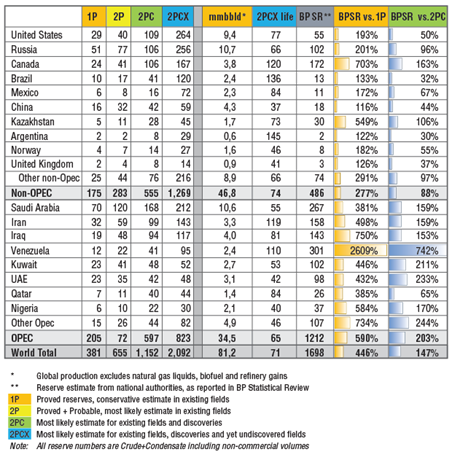nCa Report
“We will drill, baby, drill,” said President Trump in his inauguration speech.
“America will be a manufacturing nation once again, and we have something that no other manufacturing nation will ever have: the largest amount of oil and gas of any country on Earth. And we are going to use it. We will bring prices down, fill our strategic reserves up again, right to the top, and export American energy all over the world. We will be a rich nation again. And it is that liquid gold under our feet that will help to do it,” said Trump.
In fact, he declared a national energy emergency. The Executive Order signed on 20 January 2025 is titled ‘Declaring a National Energy Emergency.’
The complete text of the Executive Order is available here: https://www.whitehouse.gov/presidential-actions/2025/01/declaring-a-national-energy-emergency/
In addition to the Executive Order, declaring the national energy emergency, President Trump signed the same day another Executive Order: ‘Unleashing Alaska’s Extraordinary Potential.’
This Executive Order is available here: https://www.whitehouse.gov/presidential-actions/2025/01/unleashing-alaskas-extraordinary-resource-potential/
According to the Resource Development Council of Alaska, the Alaska Outer Continental Shelf (OCS) constitutes one of the world’s largest untapped resources potentially reaching as high as 26 billion barrels of oil and 132 tcf of natural gas, with the majority being in the Chukchi Sea. In February 2008, the second most successful oil and gas lease sale in the history of the United States took place, covering millions of acres in the Chukchi Sea. The sale raised a record $2.7 billion in federal revenue.
Here is a map from AOGA (Alaska Oil and Gas Association):
Although the resource potential could be 26 billion barrels of oil, the proved crude oil reserves, as recognized by the US EIA (Energy Information Administration) are 3.2 billion barrels of oil.
Here is a short report from the American Oil & Gas reporter. It was written by Per Magnus Nysveen, a senior partner and head of analysis at Rystad Energy.
https://www.aogr.com/web-exclusives/exclusive-story/u.s.-holds-most-recoverable-oil-reserves#:~:text=By%20Per%20Magnus%20Nysveen&text=possible%20and%20undiscovered)%2C%20the%20United,120%20billion%20(Table%201).
U.S. Holds Most Recoverable Oil Reserves
By Per Magnus Nysveen
OSLO, NORWAY–The United States now holds the world’s largest recoverable oil reserve base–more than Saudi Arabia or Russia–thanks to the development of unconventional resource plays.
Ranking nations by the most likely estimate for existing fields, discoveries and as-of-yet undiscovered fields (proved, probable. possible and undiscovered), the United States is at the top of the list with 264 billion barrels of recoverable oil reserves, followed by Russia with 256 billion, Saudi Arabia with 212 billion, Canada with 167 billion, Iran with 143 billion, and Brazil with 120 billion (Table 1).
Importantly, unconventional plays account for more than 50 percent of remaining U.S. oil reserves, with Texas alone holding more than 60 billion barrels of recoverable oil in shale plays.
The reserves data distinguish between reserves in existing fields and new projects, and potential reserves in recent discoveries and still undiscovered fields. The estimates include crude oil plus condensate.
An established standard approach for estimating reserves is applied to all fields in all countries, so reserves can be compared apple-to-apple across the world, both for OPEC and non-OPEC countries.
Other public sources of global oil reserves are based on official reporting from national authorities, with reserves reported based on a diverse and opaque set of standards. For example, some OPEC countries, such as Venezuela, report official reserves apparently including yet-undiscovered oil, while China and Brazil officially report conservative estimates and only for existing fields.
Total global oil reserves are estimated at 2,092 billion barrels, or 70 times the current production rate of about 30 billion barrels of oil a year. For comparison, cumulatively produced oil through 2015 amounted to 1,300 billion barrels.
Unconventional oil recovery accounts for 30 percent of the global recoverable oil reserves, while offshore fields account for 33 percent of the total. The seven major oil companies hold less than 10 percent of the total recoverable reserve base.
Considering only proved reserves (1P), the study ranks Saudi Arabia at the top with 70 billion barrels, followed by Russia with 51 billion, Iran with 32 billion, the United States with 29 billion and Canada with 24 billion. Ranked by proved plus probable reserves (P2), Saudi Arabia holds 120 billion barrels, followed by Russia with 77 billion, Iran with 59 billion, Canada with 41 billion and the United States with 40 billion. /// nCa, 22 January 2025


